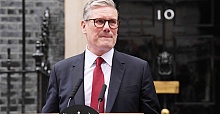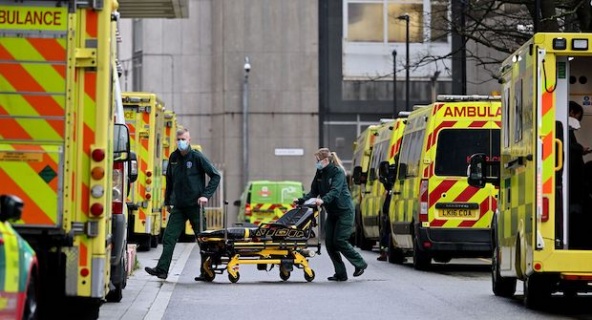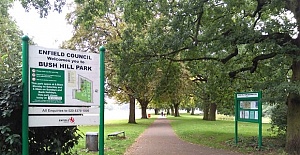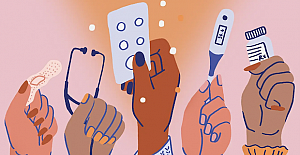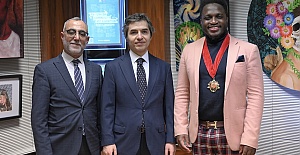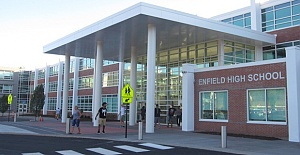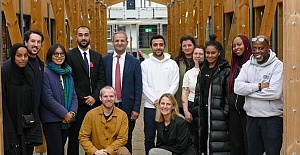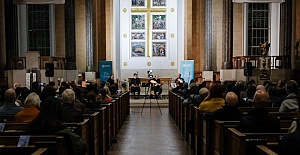It includes more university places for medical and nursing students and a greater emphasis on apprenticeships with the first ever scheme for doctors. A consultation on whether five-year medical degrees could be shortened by a year will also be launched. The plan has taken more than a year longer to be published than expected. During that time, the NHS has been beset by strikes - with the dispute with doctors still continuing. Pay does not feature in the plan - instead, it focuses on how much training places need to increase.
Currently, half of new doctors and nurses have to be recruited from abroad as the UK supply route has struggled to keep up with demand. One out of every 10 posts remains unfilled - more than 110,000 vacancies. And without action, this could rise to 360,000 by 2037, modelling for the plan suggests.
Prime Minister Rishi Sunak and NHS England chief executive Amanda Pritchard will officially unveil the plan on Friday. To help achieve the goals, the government has promised £2.4bn over the next five years. Ms Pritchard called it a "historic" moment for the NHS. "It gives us a once-in-a-generation opportunity to put staffing on a sustainable footing for years to come," she added.
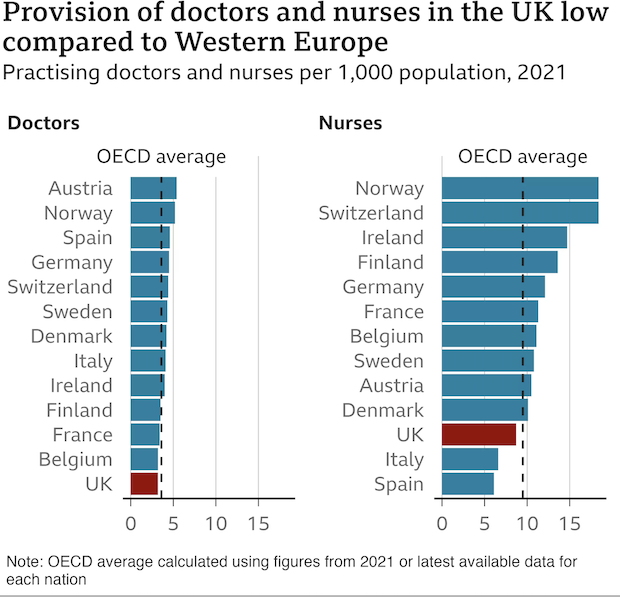
Mr Sunak called it "one of the most significant commitments" he would make as prime minister.
The targets for 2031 include:
- doubling medical school places for student doctors, to 15,000 a year
- a 50% increase in GP trainee places for junior doctors
- 24,000 more nurse and midwife student places a year - close to double the number now
In the next five years, the proportion of NHS staff, including physios, podiatrists and maternity staff, trained through apprenticeships - combining paid work with study and no tuition fees - will double, to one out of every six.And next year, an apprenticeship for doctors will launch, with a few hundred places.


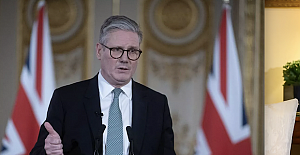 Prime Minister Keir Starmer's 2025 Easter message
Prime Minister Keir Starmer's 2025 Easter message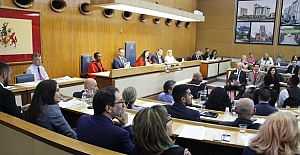 After Nesil Caliskan a by-election will be held in Jubilee ward in Enfield
After Nesil Caliskan a by-election will be held in Jubilee ward in Enfield Publishing the analysis, Labour’s Cllr Ergin Erbil said Everybody in Enfield deserves basic rights
Publishing the analysis, Labour’s Cllr Ergin Erbil said Everybody in Enfield deserves basic rights Gaza-Israel conflict Statement from Cllr Ergin Erbil, Leader of Enfield Council
Gaza-Israel conflict Statement from Cllr Ergin Erbil, Leader of Enfield Council The European Union called on Turkey to uphold democratic values
The European Union called on Turkey to uphold democratic values Turkish citizens in London said Rights, Law, Justice
Turkish citizens in London said Rights, Law, Justice The Council of Turkish Cypriot Associations Geneva response letter
The Council of Turkish Cypriot Associations Geneva response letter Sustainable Development and ESG, Will This Become the Course for Turkic World
Sustainable Development and ESG, Will This Become the Course for Turkic World The 'Prince of Paris' has impressed in his first EuroLeague season
The 'Prince of Paris' has impressed in his first EuroLeague season Saran Media And Euroleague Basketball Extend Media Rights Partnership for Four More Years
Saran Media And Euroleague Basketball Extend Media Rights Partnership for Four More Years Will Rangers be Jose Mourinho’s next victim?
Will Rangers be Jose Mourinho’s next victim?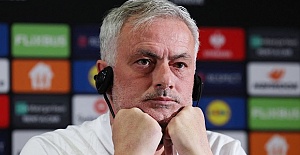 Jose Mourinho's Fenerbahce face Rangers on Thursday
Jose Mourinho's Fenerbahce face Rangers on Thursday Barclays has become the biggest UK lender so far to cut mortgage rates
Barclays has become the biggest UK lender so far to cut mortgage rates THE SPRING STATEMENT EXPLAINED, UK ECONOMIC OUTLOOK AND GROWTH FORECASTS
THE SPRING STATEMENT EXPLAINED, UK ECONOMIC OUTLOOK AND GROWTH FORECASTS Launch of Made in Enfield gift shop to celebrate local artists and designers
Launch of Made in Enfield gift shop to celebrate local artists and designers Trial used smart Wi-Fi sensors for live building occupancy data to optimise
Trial used smart Wi-Fi sensors for live building occupancy data to optimise
